by Paul Damaren, Chief Commercial Officer, StepUp Solution Services | February 15th, 2023
Decades of Progress: 1900 to 2020
As we indulge in delicious meals daily, it’s crucial to reflect on the advancements in food safety over the past century. Let’s take a journey through time, exploring some fascinating facts and “did you know” moments in the realm of food safety:
1900s:
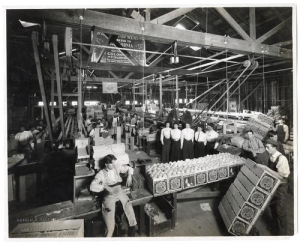
Fact: The early 1900s witnessed a lack of robust food safety regulations, resulting in widespread oodborne illnesses and contamination.
Did you know: Upton Sinclair’s groundbreaking novel, “The Jungle” (1906), exposed the unsanitary conditions in the meatpacking industry, leading to the enactment of the Pure Food and Drug Act (1906) and the Meat Inspection Act (1906) in the United States.
1910s:
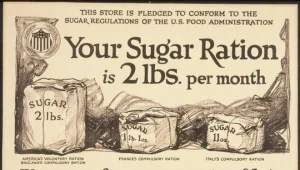
Fact: In the 1910s, concerns about food safety persisted, but measures to ensure food quality and safety were limited.
Did you know: The turmoil of World War I (1914-1918) led to food shortages and rationing in numerous countries, fueling an increase in food adulteration and fraud.
1920s:
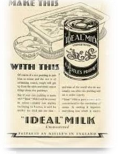
Fact: The 1920s introduced advancements in food processing techniques, although significant food safety challenges remained.
Did you know: Canned food gained popularity during this decade, but inadequate processing methods occasionally led to botulism outbreaks.
1930s:

Fact: The Great Depression (1929-1939) heightened concerns about food safety due to economic hardships and reduced access to safe food.
Did you know: In 1938, the United States enacted the Food, Drug, and Cosmetic Act, establishing comprehensive regulations for food safety and labeling
1940s:

Fact: World War II (1939-1945) further impacted food safety due to rationing and food scarcity.
Did you know: The use of pesticides and synthetic fertilizers surged during this era,
raising concerns about chemical residues in food.
1950s:

Fact: The 1950s witnessed the rise of fast-food chains and mass-produced convenience foods, presenting new food safety challenges.
Did you know: The introduction of the Swanson TV Dinner in 1953 popularized frozen meals but also raised questions about foodborne illnesses and cross-contamination.
1960s:

Fact: The 1960s marked a significant turning point in public awareness of foodborne
illnesses and food safety.
Did you know: The Delaney Clause, added to the U.S. Food, Drug, and Cosmetic Act
in 1958, prohibited the approval of any food additive shown to cause cancer in
animals or humans.
1970s:
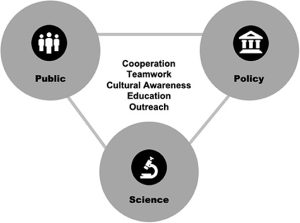
Fact: The 1970s witnessed increased food safety regulations and international collaboration to combat foodborne illnesses.
Did you know: The Hazard Analysis and Critical Control Points (HACCP) system, developed by NASA and the Pillsbury Company, emerged as a pivotal food safety management tool.
1980s:
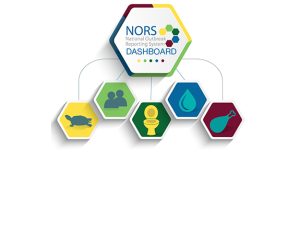
Fact: The 1980s brought more attention to foodborne illness outbreaks, leading to improved surveillance and investigation methods.
Did you know: In 1982, the United States established the National Outbreak Reporting System (NORS) to track foodborne illness outbreaks.
1990s:

Fact: The 1990s witnessed significant advancements in food safety science and technology.
Did you know: The Food Safety Modernization Act (FSMA), a landmark legislation signed into law in the United States in 2011, drew inspiration from principles developed in the late 1990s.
2000s:

Fact: The early 2000s marked a global emphasis on food safety, with increased international cooperation to tackle emerging challenges.
Did you know: Heightened media attention to foodborne illness
outbreaks prompted consumers to demand stricter safety standards and transparency
2010s:

Fact: In 2010, the United States witnessed a milestone as the Food Safety Modernization Act (FSMA) was signed into law, representing the most substantial update to food safety regulations in decades.
Did you know: FSMA shifted the focus from responding to outbreaks to preventing them, mandating that food facilities implement preventive controls and risk-based safety plans
2020s:
Fact: The year 2020 presented unique food safety challenges with the global COVID-19 pandemic. Ensuring the safety of both food products and food workers became paramount.

Did you know: Food businesses worldwide implemented stringent safety measures, including sanitization protocols, social distancing in production facilities, and contactless delivery options. The pandemic underscored the importance of resilient supply chains and the need for adaptability in the face of unforeseen crises. Additionally, digital solutions and online ordering gained prominence as consumers sought safer ways to access food. The year 2020 reinforced the critical role of food safety in public health and highlighted the industry’s ability to adapt swiftly to unprecedented challenges.
Our journey through the annals of food safety history reveals the incredible progress made over the decades. Yet, it’s vital to remember that ensuring safe and nutritious food is an ongoing journey that demands constant vigilance, research, and collaboration. As we stride into the future, let’s build upon this rich history and prioritize food safety as a shared responsibility, safeguarding the health and well-being of all. Here’s to a future where food safety standards continue to evolve for the betterment of all!
Let’s remember that ensuring safe and nutritious food is an ongoing journey that requires continuous
vigilance, research, and collaboration. As we move forward, let’s build on the progress made and
prioritize food safety as a collective responsibility for the health and well-being of everyone! Here’s to
a future where food safety standards continue to evolve for the well-being of all!
#FoodSafety #PublicHealth #FoodIndustry #HistoryOfFood #DidYouKnow #FoodSafetyMatters

